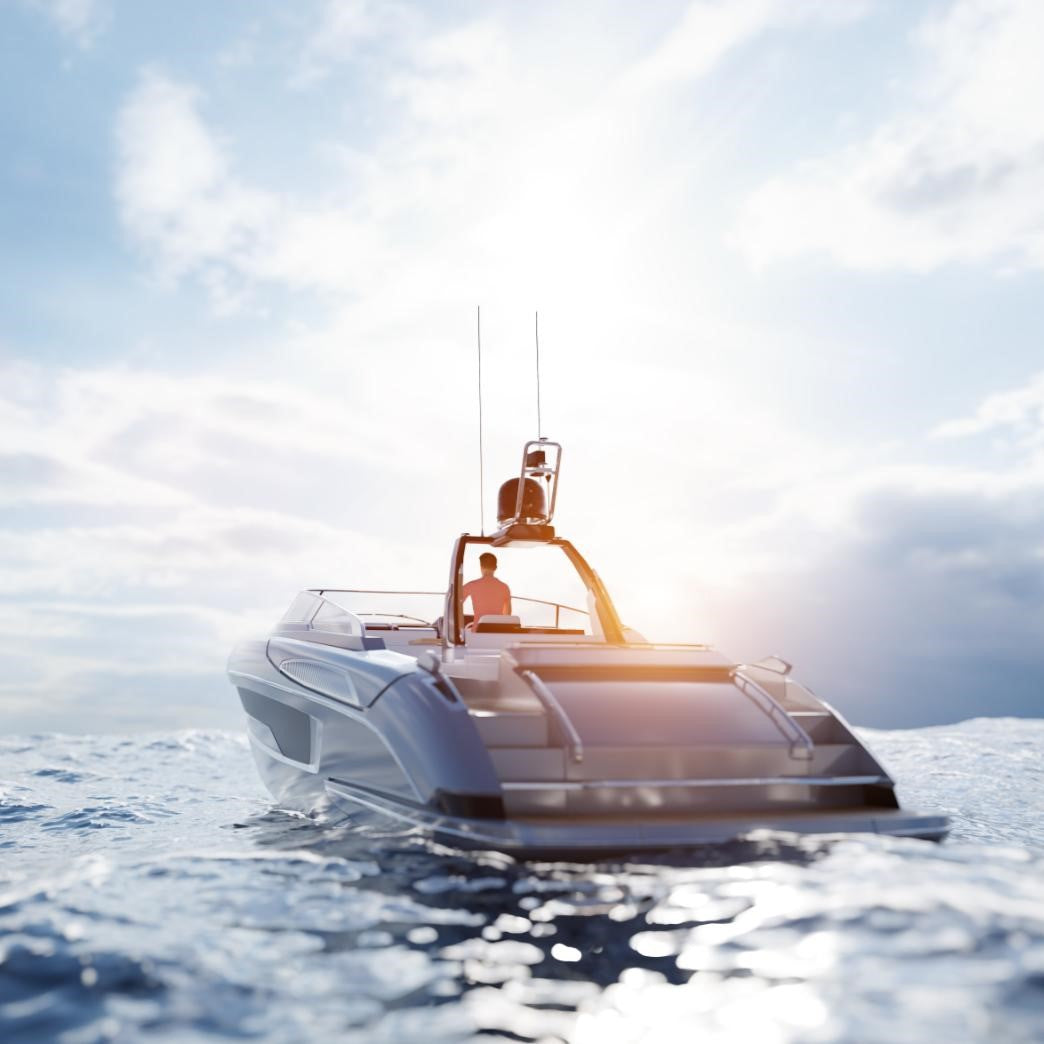Are Wireless Kill Switches Effective for Powerboats?
Wireless kill switches are becoming increasingly popular among powerboat owners, offering a modern alternative to traditional tethered systems. But are they really effective? In this post, we'll explore the advantages and disadvantages of wireless kill switches, with a particular focus on the OLAS Guardian.
What is a Wireless Kill Switch?
A wireless kill switch is a safety device that automatically shuts off a powerboat’s engine if the operator falls overboard or moves too far away from the helm. Unlike traditional kill switches, which require a physical tether between the operator and the helm, wireless systems use Bluetooth or other wireless technologies to maintain a connection.
Advantages of Wireless Kill Switches
1. Enhanced Mobility and Comfort:
Freedom of Movement: One of the biggest advantages of a wireless kill switch is the freedom it provides. The operator is not restricted by a physical tether, allowing them to move around the boat more freely while still being protected.
Comfort: The lack of a physical cord means there’s no risk of the tether getting caught or tangled, which can be uncomfortable or even dangerous in certain situations.
2. Safety for Multiple Users:
Multiple Connections: Many wireless kill switches, including the OLAS Guardian, allow for multiple users to be connected simultaneously. This means that if anyone with a connected device falls overboard, the engine will shut off, enhancing overall safety for all aboard.
3. Automatic Reconnection:
Smart Technology: Wireless systems typically reconnect automatically when the operator returns within range. This feature reduces the risk of accidentally leaving the engine disabled, which can happen with traditional kill switches if the tether isn’t reattached properly.
4. Easy Installation and Integration:
Minimal Wiring: Wireless kill switches are generally easier to install compared to traditional systems that require physical connections. The OLAS Guardian, for example, integrates seamlessly with existing systems and doesn’t require extensive modifications to the boat.
Disadvantages of Wireless Kill Switches
1. Battery Dependency:
Battery Life: Wireless systems rely on batteries, this is generally only a consideration on the transmitter (usually worn by the operator) as the receiver is wired into the boat. If the batteries run out, the system may fail, potentially leaving the operator without protection. Regular battery checks are essential.
2. Potential Signal Interference:
Signal Loss: Wireless systems can be susceptible to signal interference, which might cause the system to malfunction or lose connection. While rare, this is a potential risk that doesn’t exist with wired systems. The OLAS Guardian is designed to minimise this risk, but it’s still something to consider.
3. Higher Cost:
Initial Investment: Wireless kill switches tend to be more expensive than traditional tethered options. The advanced technology and additional features contribute to a higher price point. However, many users find the benefits outweigh the cost.
4. Complexity for Some Users:
Learning Curve: For boaters accustomed to traditional kill switches, there may be a learning curve when switching to a wireless system. Understanding how to pair devices, monitor battery life, and manage the system’s settings requires some familiarity with the technology.
OLAS Guardian: A Leading Example
The OLAS Guardian is a well-regarded wireless kill switch that exemplifies the benefits and reliability of this technology. It offers a range of features that make it particularly effective for powerboats:
Dual-Functionality: The OLAS Guardian functions both as a wireless kill switch and a man-overboard (MOB) alert system. If the operator or any connected passenger falls overboard, the engine shuts off, and an audible and visual alarm is triggered.
Multiple User Connections: It can connect up to 15 devices, making it ideal for boats with multiple passengers. Each connected device acts as an independent trigger, ensuring comprehensive safety coverage.
Easy Integration: The OLAS Guardian is designed to be easily integrated with existing boat systems, and its installation requires minimal wiring.
Mobile App Support: The system is compatible with the OLAS mobile app, which provides additional features like monitoring device battery life, managing alerts, and accessing detailed safety information.
Conclusion: Are Wireless Kill Switches Effective?
Yes, wireless kill switches are effective for powerboats, offering significant advantages in terms of mobility, safety, and ease of use. While there are some drawbacks, such as dependency on batteries and potential signal interference, the overall benefits, especially with advanced systems like the OLAS Guardian, make them a valuable addition to any powerboat.
For those looking to enhance their safety on the water, investing in a wireless kill switch like the OLAS Guardian is a smart choice. It combines modern technology with practical features to ensure that you and your passengers are protected, whether you’re cruising calmly or navigating rough waters.

